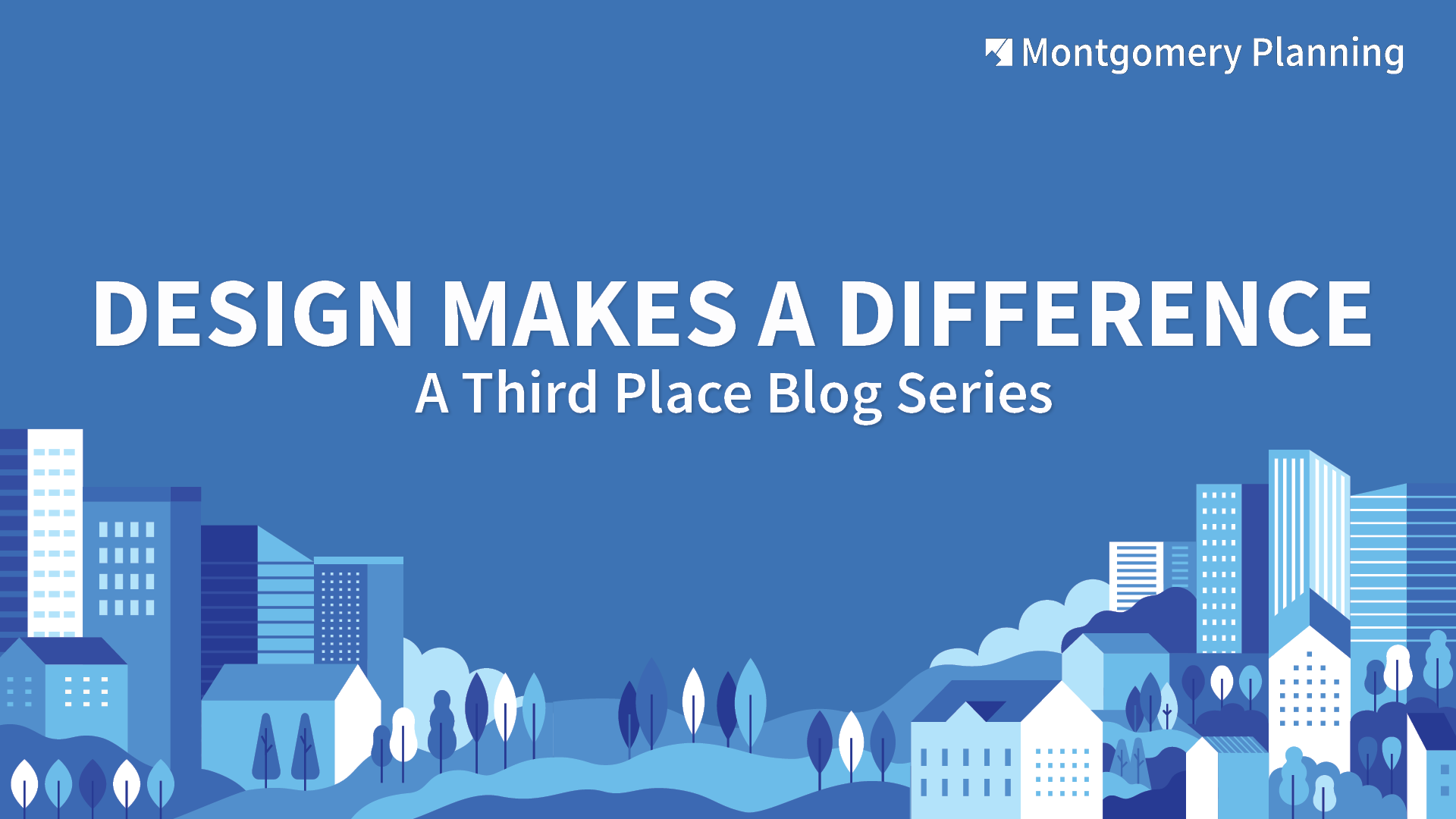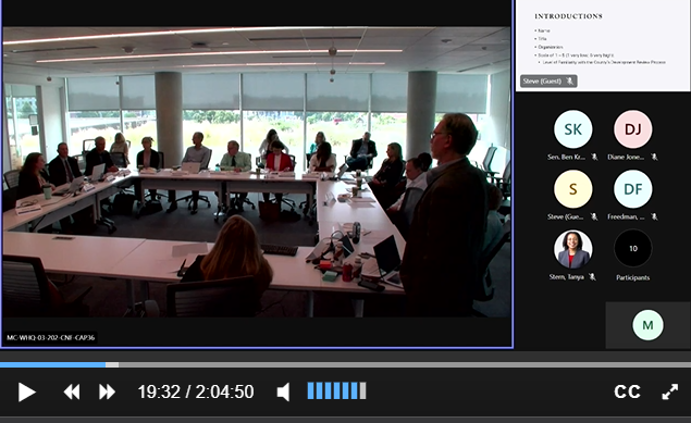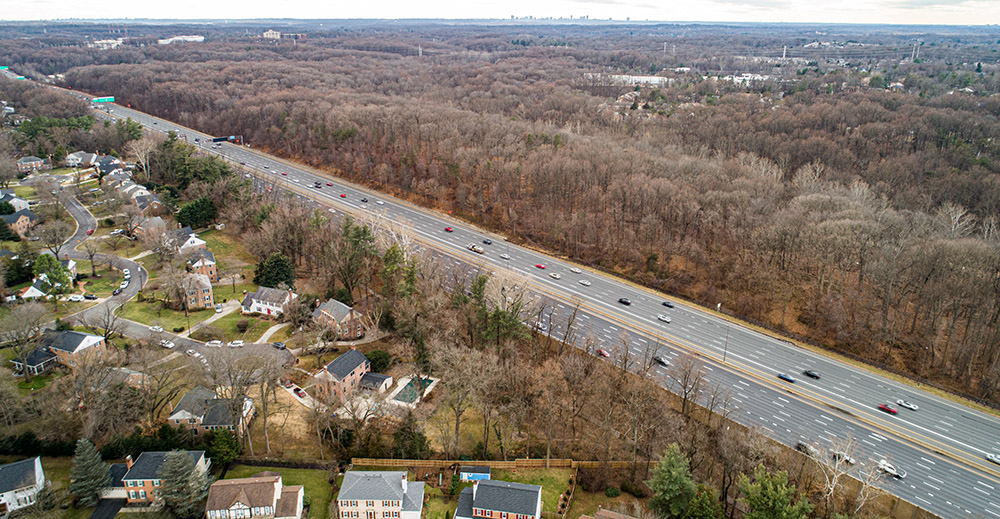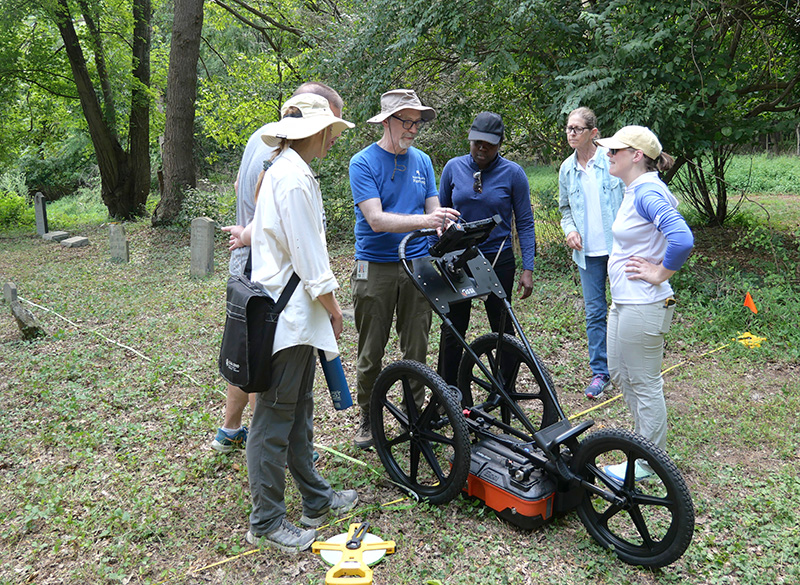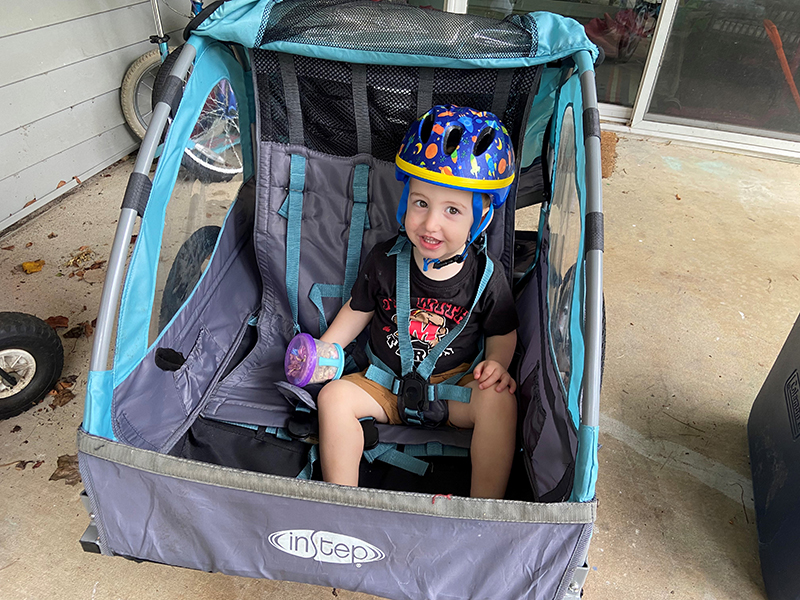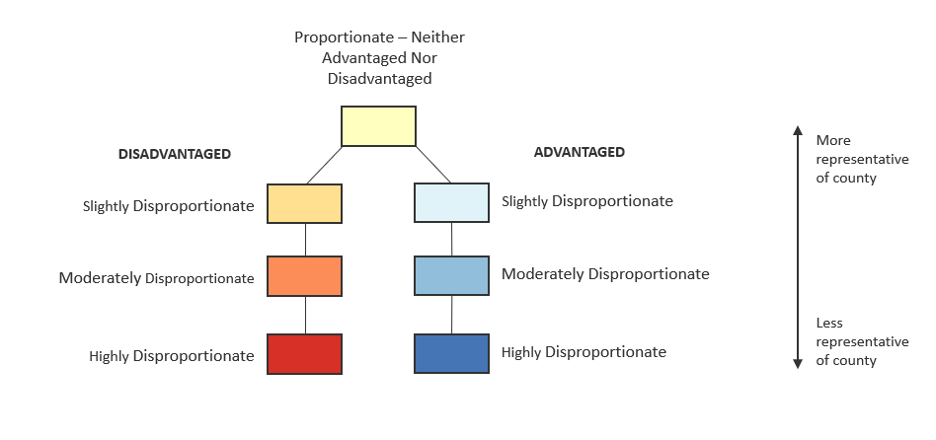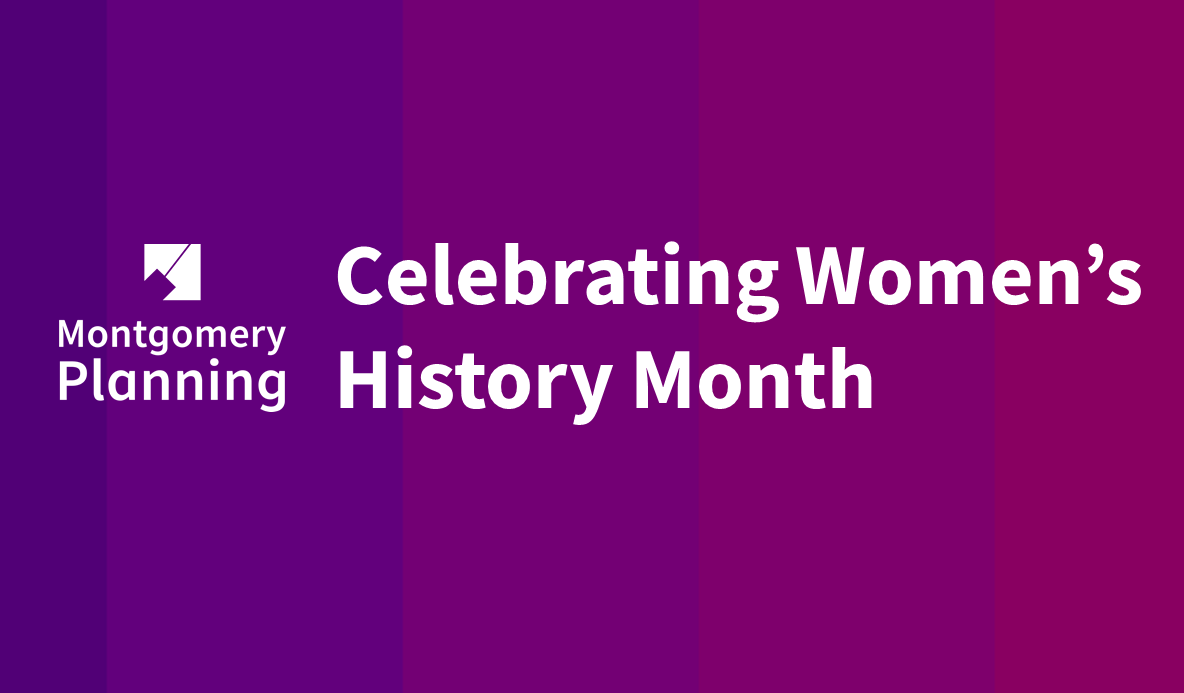
In honor of Women’s History Month, three Maryland-National Capital Park and Planning Commission leaders tell their inspiring stories of how they reached the top echelons of the planning profession and offer advice for other women looking to be trailblazers of their own. We spoke with Montgomery County Planning Board Commissioner Mitra Pedoeem, Montgomery Parks Director Miti Figueredo, and Prince George’s County Planning Director Lakisha Hull.
“As a young girl in Tehran, I dreamed of being a civil engineer despite all the odds for a woman to have an engineering career in Iran. I had to study hard to compete in a male-dominated society that generally provided a much more inferior education for females. With focus, determination, and hard … Continue reading
